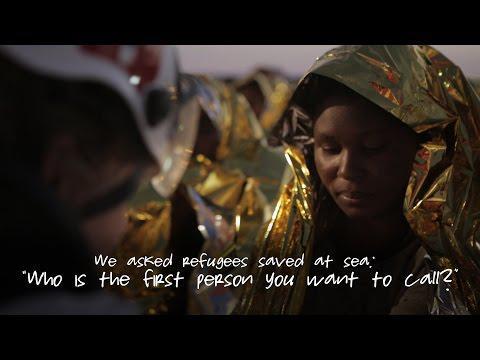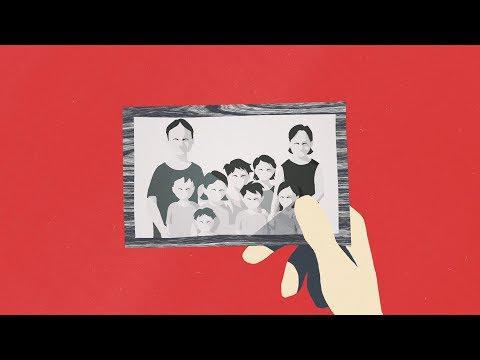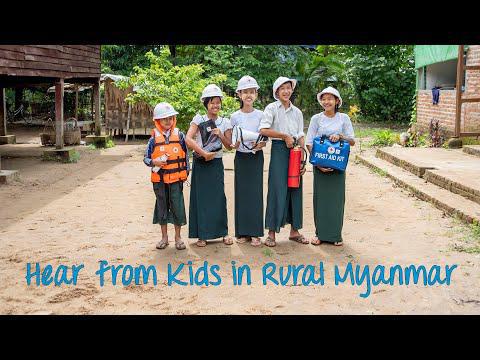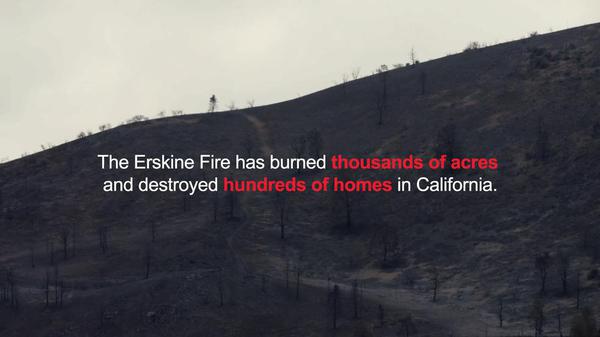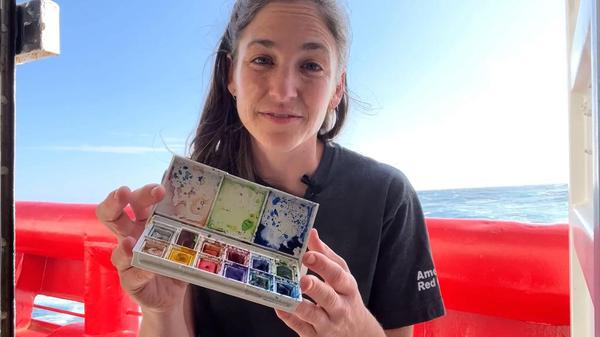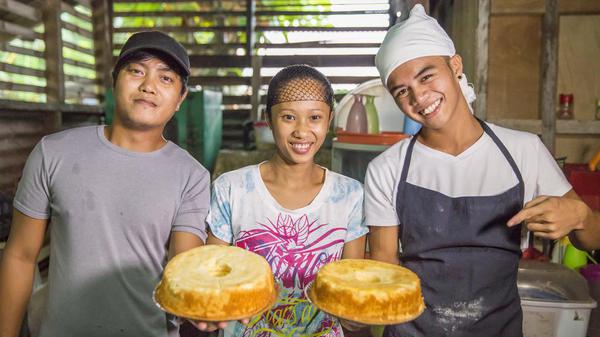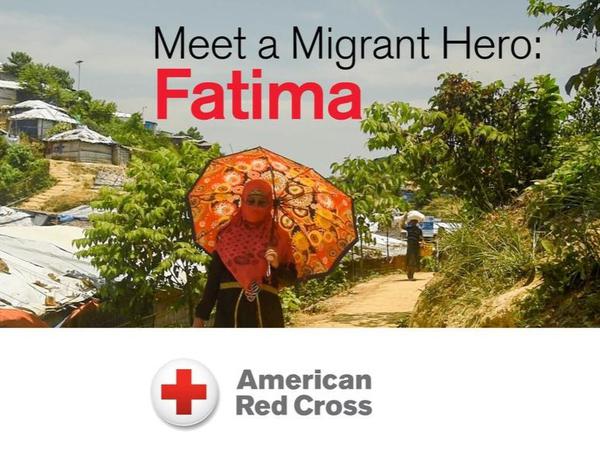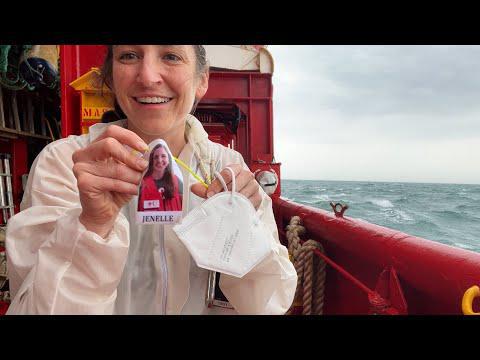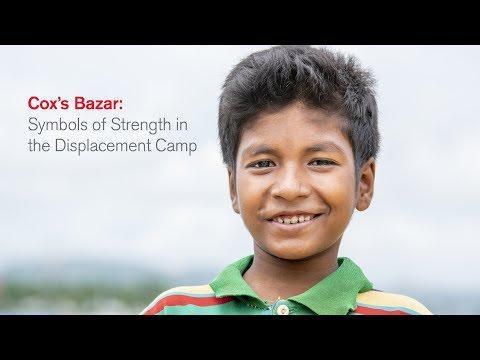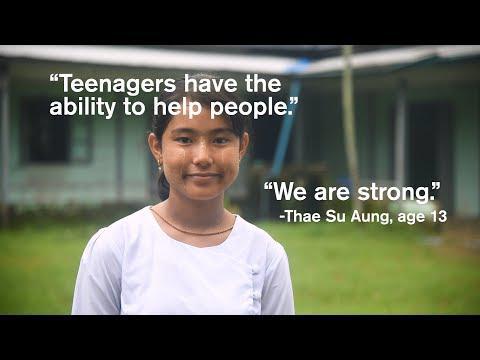
Myanmar: Teenagers Focus on First Aid
“Teenagers have the ability to help people. We are strong,” says Thae Su Aung, age 13, from her middle school in Bahan, Myanmar—just outside Yangon. Thae Su Aung knows from experience. She’s taken a basic first aid course from the Red Cross, in addition to learning light search-and-rescue. Her neighborhood and school face many threats—like snakes, scorpions, cyclones, floods, and car accidents. Thae Su Aung knows she can’t solve every crisis, but can mitigate risks by preparing for the worst, asserting, ‘’I want to be able to help my friends if they get hurt.” The teenager even taught her parents CPR skills. “My parents were surprised and happy that I gained first aid skills at school. I’m excited about what I’ve learned. I would like to share these skills with everyone!” Thae Su Aung wants to be a doctor when she grows up.
The American Red Cross works alongside the Myanmar Red Cross to prepare disaster-prone communities for cyclones, floods, tsunamis, earthquakes, and other emergencies. We train and equip families with the tools they need to mitigate natural disaster risks and to be first responders when crises strike. In Myanmar, the American Red Cross teaches basic first aid, light search-and-rescue, and post-disaster epidemic control in 20 communities—in addition to running disaster simulations and forming village committees who step up when disasters hit. In 24 schools, we teach students basic first aid, light search-and-rescue, evacuation activities, and distribute emergency equipment—such as solar panels, fire extinguishers, megaphones, early warning speakers, first aid kits, and helmets. In Myanmar, some American Red Cross project sites are urban, while others sit in delta areas only accessible by boat.
Learn more at http://redcross.org/international
Produced by Brad Zerivitz and Jenelle Eli
#redcross #myanmar
The American Red Cross works alongside the Myanmar Red Cross to prepare disaster-prone communities for cyclones, floods, tsunamis, earthquakes, and other emergencies. We train and equip families with the tools they need to mitigate natural disaster risks and to be first responders when crises strike. In Myanmar, the American Red Cross teaches basic first aid, light search-and-rescue, and post-disaster epidemic control in 20 communities—in addition to running disaster simulations and forming village committees who step up when disasters hit. In 24 schools, we teach students basic first aid, light search-and-rescue, evacuation activities, and distribute emergency equipment—such as solar panels, fire extinguishers, megaphones, early warning speakers, first aid kits, and helmets. In Myanmar, some American Red Cross project sites are urban, while others sit in delta areas only accessible by boat.
Learn more at http://redcross.org/international
Produced by Brad Zerivitz and Jenelle Eli
#redcross #myanmar
